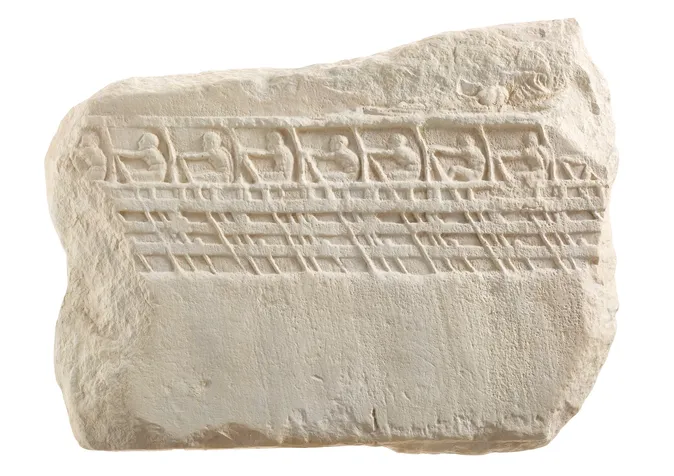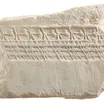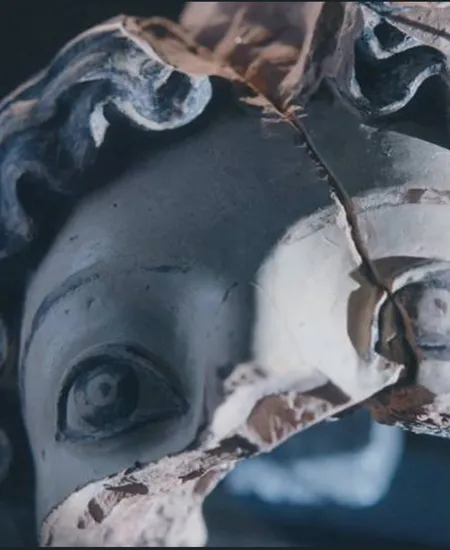Athenian trireme (the so-called "Lenormant Relief")
Relief depicting a trireme (the so-called “Lenormant Relief”) • Provenance: Athens, Acropolis • Date: ca. 410 BC • Period: Late Classical • Material: Marble • Museum: Acropolis Museum • Inventory number: Acr. 1339 This relief is one of the earliest known representations of an Athenian trireme, the warship that formed the backbone of Athens’ naval supremacy during the Classical period. It is known as the “Lenormant Relief”, named after the French archaeologist who first studied it. The fragmentary composition shows part of the ship’s prow, two tiers of rowers, and possibly the trierarch (ship commander) or another high-ranking figure. The details of the vessel’s wooden construction and oar placement offer valuable insights into ancient Greek shipbuilding techniques. The main fragment was discovered in 1852 near the Erechtheion, with an additional piece found in 1876 at Serpentze. The relief was likely a votive offering, dedicated on the Acropolis during a period of intense Athenian naval activity, when the sacred trireme held symbolic importance. Its chronology coincides with the defeat of the Athenian fleet at Aegospotami in 405 BC, a turning point in the Peloponnesian War. According to tradition, the Paralos, one of Athens’ sacred ships, brought the tragic news back to the city—a moment that may have inspired the dedication of this relief.



